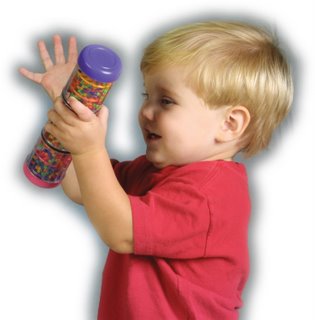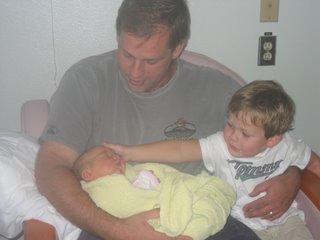KINDERMUSIK CLASSES THIS WEEK ~

VILLAGE: Dream Pillow
Sleep Well, Parent and Child: Massage enables babies to release tension, helping them learn to cope or self-regulate. This helps them achieve greater relaxation and a sense of well-being, which tends to promote more regular sleep patterns. Parents tend to sleep better as a result of the improvements in their baby’s sleep.
Patterns in Language: Pattern awareness is crucial to learning and memory. Just as in story reading, singing directly exposes participants to the patterns of language, including rhythm, speech, sounds, syntax and rhyme.
Steady Beat: Internalizing a steady beat is important to baby’s developing physical coordination. Later on this internalized steady beat will help her learn to use scissors, bounce a ball, and walk with self-confidence.
Sensitivity: Hearing a variety of tonal registers and timbres helps your baby become more aware, alert, and sensitive not only to music but to his tonal environment.
Balance and Coordination: Moving in different directions and in a variety of ways is important to the development of your baby’s vestibular system. His sense of balance, coordination, and locomotion all depend on the proper functioning of this very important system.

OUR TIME: Milk & Cookies
Repetition: Growth and development of the child from birth to seven years old, take place primarily through the child’s body experiences. Repetition aids in solidifying the neural pathways which are formed through experience of activities.
Movement: Movement is a universal, full-time, personal, childhood occupation, and its importance in children’s early learning experiences cannot be overemphasized. Children develop movement in space to understand position, size, distance, and shape. Continuous activity is essential for an optimal rather than a marginal level of motor performance.
At Home: Look on page 9 of your home activities book for ideas on how to get some help while washing & drying the dishes!
Body Control: During movement activities, children learn to organize the available space in relation to themselves and in relationship to objects and other individuals they are developing body control and confidence in the power and ability of their own bodies.
Nurture & Control: Encouraging participation provides a framework of appropriate behaviour for your child. A combination of nurturance and control, encouragement, demandingness, and communication provides the emotional and social context req uired for your child’s optimum development. (Fostering Children’s Social Competence: The Teacher’s Role, Lilian G. Katz & Diane E. McClellan)

IMAGINE THAT: Hello, Weather!
Tempo: The speed of a composition or a section thereof, ranging from very slow to very fast.
Literacy Environment: A supportive literacy environment includes opportunities for children to observe parents and teachers as they engage in reading and writing activities. Writing down the children’s suggestions visually affirms their contributions to the activity and reinforces the importance of the written word.
Fantasy Play: Fantasy play allows for the personal integration of temperament, experience, and concepts that help the child understand the all-important question, ‘Who am I?’ and thereby become a mentally healthy person. When children pretend, they manipulate events and actions, which gives them a sense of competence, an important ingredient in mental health.

SIGN & SING
Over the past two weeks we have used strategies to make opportunities for signing with your child more effective.
This week, we introduced an Adaptation Strategy. This occurs when you move a toy next to your face so your child can see you making the sign while you hold the toy. Watch your baby’s eyes as she looks back and forth from the object to you. You have created the ideal environment for learning.
Page 10 in your Family Activity Guide gives you more ideas on how to use adaptation strategies even in the quiet times of the day, such as reading a book together. Your child is naturally captivated and relaxed while sitting in your arms, sharing a story—it’s a perfect time to use the signs you have learned from class!
Labels: Imagine That, Our Time, Sign and Sing, Village





















